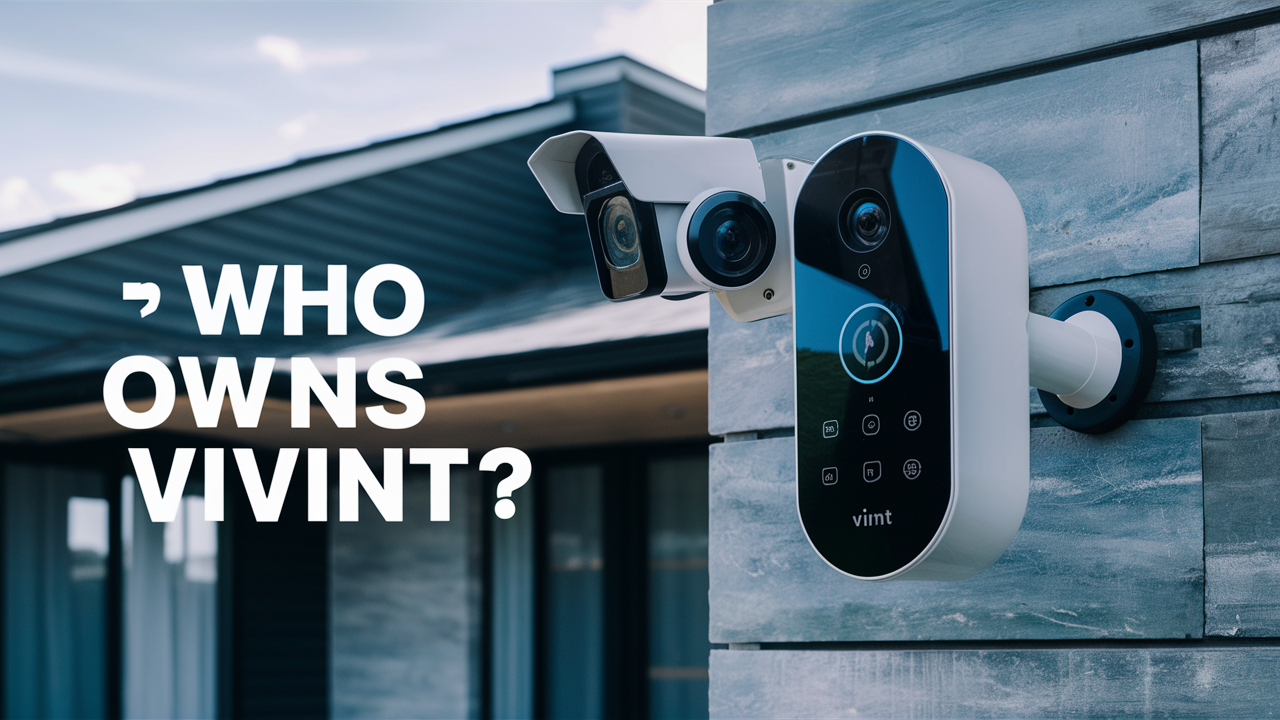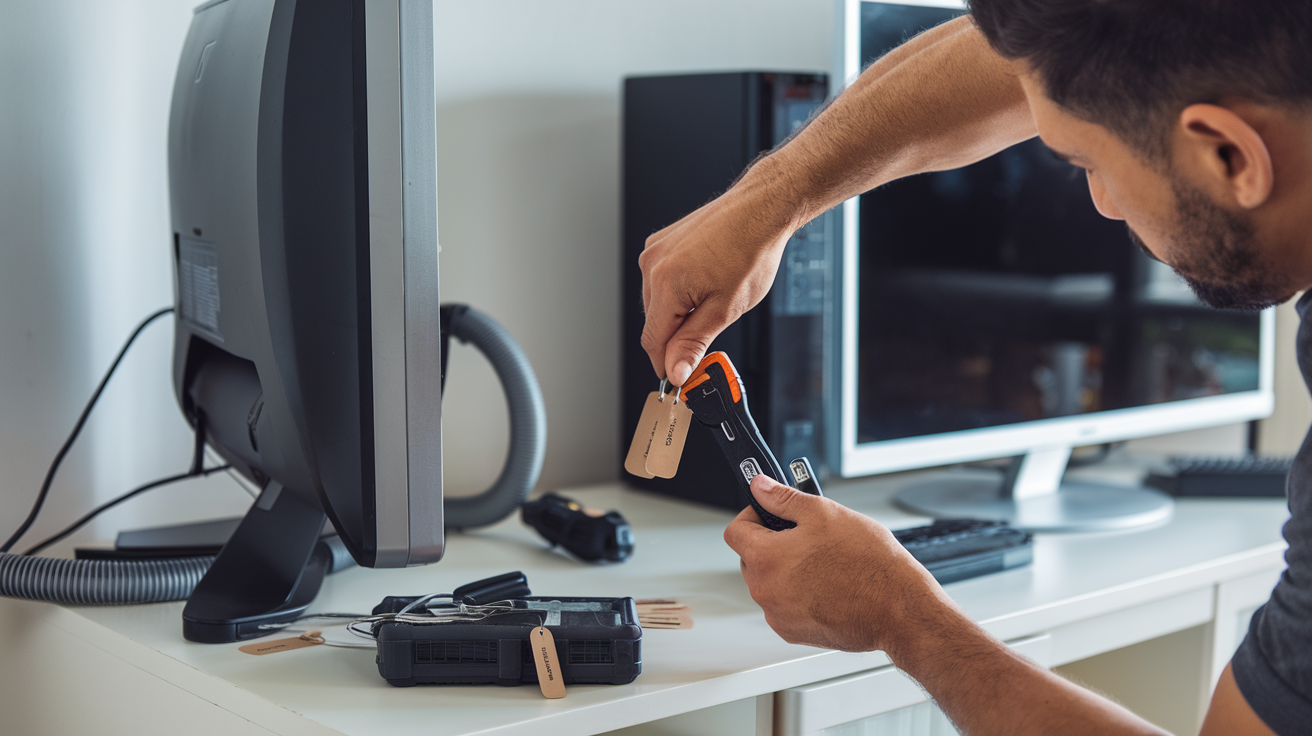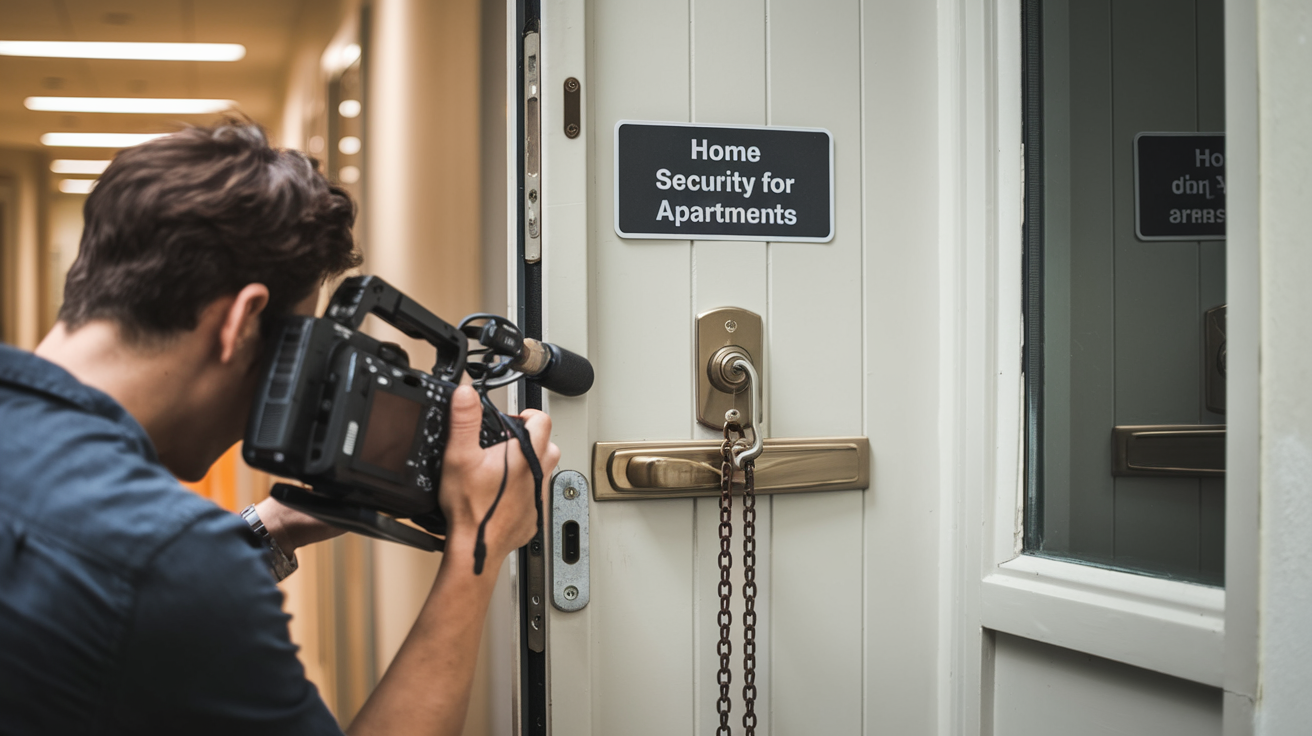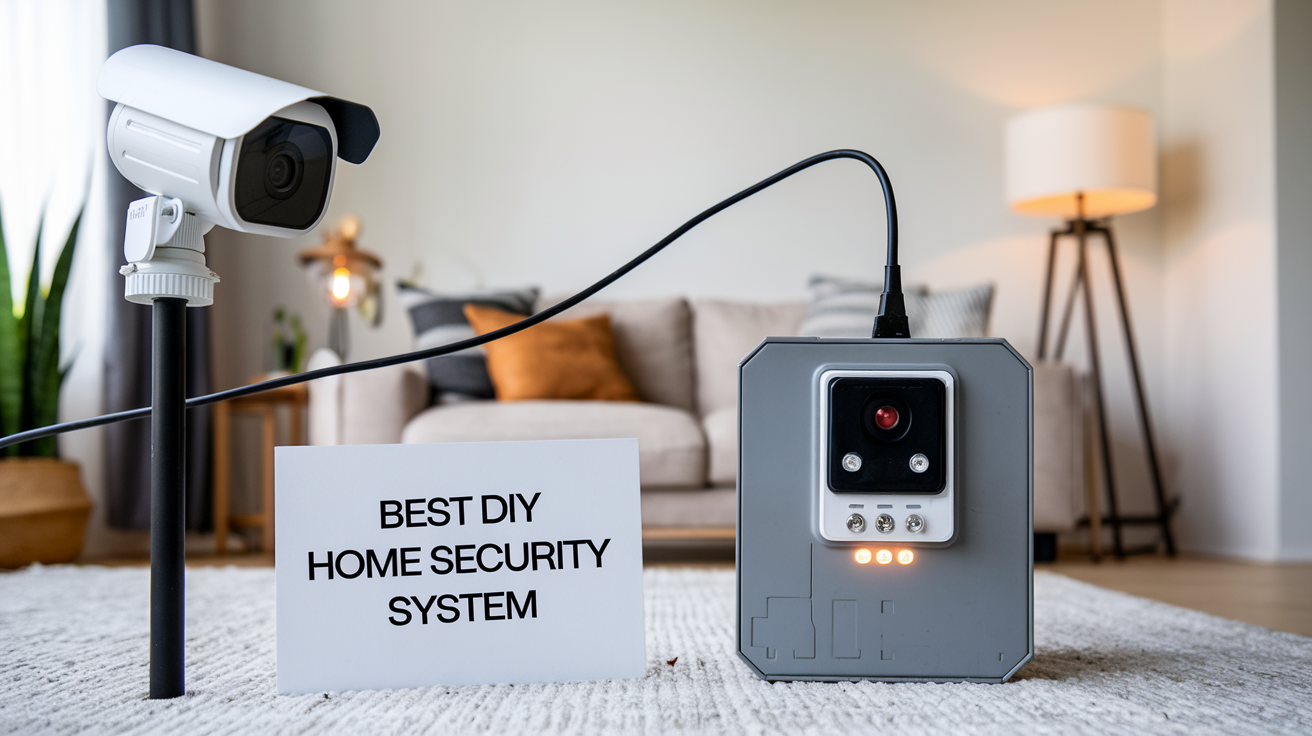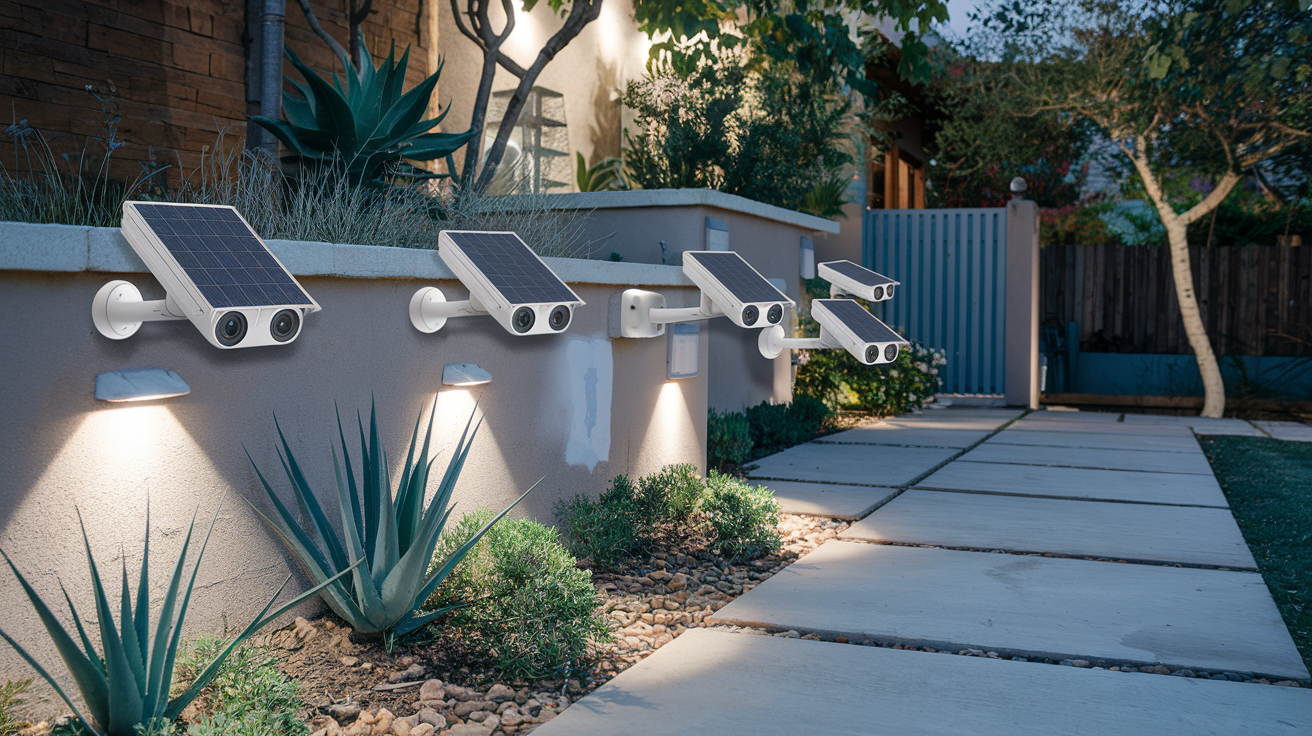Vivint is among the top smart home and home security system suppliers available in North America. Among the biggest home automation firms in the US and Canada, Vivint boasts more than 1.5 million clients and offers services in home security monitoring, video doorbells, smart locks, automated home solutions, and many more. But within this massive company, there is a fairly fascinating past and some ownership changes that should be known.
The Beginning of Vivint Todd Pedersen launched APX Alarm Security Solutions in 1999 from Provo, Utah. Originally, the firm started selling solely security alarms for Utah's homes and businesses. At the time, the CEO Pedersen oversaw the business while still a Brigham Young University undergraduate student.
Pedersen grew and reincorporated the business as Vivint in 2002, having enlarged in 2000. The business name "Vivint" is a combination of the phrases "to live intelligently," a fresh perspective for the firm corresponding with the shift in the company's emphasis starting with home automation and smart home technologies integrating artificial intelligence.
Pedersen was able to turn the corporation into a massive Utahian business during his time as its CEO. But needed financial expenditure if one is to go to the next level and expand nationwide. This set Vivint's path for the first change of ownership.
Getting acquired by Goldman Sachs Vivint was bought by Goldman Sachs' private equity division for around $2 billion at the end of 2012. Goldman Sachs helped Vivint with the money required to purchase assets in new areas throughout the United States. Following the conclusion of Space Monkey and Smartrove acquisitions in 2016, Vivint emerged as the top smart home service provider in North America.
The equity conversion was completed in 2014 after Goldman Sachs went public with Vivint. Vivint was listed and dealt on the New York Stock Exchange with the code VVNT.
Blackstone Group Takes Over In 2016, the Blackstone Group bought Vivint once more in a $1. 8 billion deal. This shift in ownership also involved the firm returning to its position as a private company that is not publicly traded. It no longer floated its shares to the New York Stock Exchange market after being acquired by Blackstone.
As Vivint remained under the majority ownership of Blackstone, it focused on expanding its operations organically while actively acquiring companies. Some of the main acquisitions done at this time include the acquisition of tech from Cisco and PointCentral. The latter contributed to the overall improvement of Vivint’s offerings in thermal imaging or thermal imaging-based CCTV surveillance cameras.
In 2019, the Vivint Smart Home got involved in what is known as a reverse merger with a publicly traded company, Mosaic Acquisition Corp, a deal worth more than $5 billion. This reestablished Vivint as a publicly traded firm under the umbrella of Herring and a new ticker symbol, VVNT. Vivint has been delisted from Blackstone, but the latter still retains a substantial number of shares in the company.
Sunrun Acquires Vivint The most recent big shift to Vivint’s ownership was in October 2020, when the Sunrun solar energy company stated its desire to purchase Vivint through an all-stock transaction. It is an acquisition that was completed in December 2020 and involved a worth of $3. 2 billion.
As per the provisions of the deal, Sunrun acquired Vivint and made it a subsidiary, and in return, the owners of Vivint including Blackstone exchanged their Vivint shares and got Sunrun common stock. Todd Pedersen, whose company Vivint is merging with, has resigned as the CEO of the company, however, he will remain on the board and be involved in the merged firm.
Sunrun sees Vivint’s smart home solutions as complementary to its offerings while attempting to counter other rivals in the residential solar energy market. Combined that implies that the footprint of Sunrun and Vivint is in the range of three million customers.
What is Lin’s role for Vivint under Sunrun’s banner? Finally, especially considering the relatively recent formation of Vivint, the future appears promising for Vivint as part of its new parent company, Sunrun. Own words: According to the head of Sunrun, Lynn Jurich, consumer access to sustainable energy products in homes will be expanded through the new combined entities.
Sunrun also declared plans to establish a new networked solar, battery, and electric vehicle charging system based on this acquisition. Thus, while the Vivint brand can continue being used for now, the future of product integration will probably see more borrowing between Sunrun’s solar energy services and Vivint’s smart home hubs.
The transaction also promises to shift the power balance in home electrification to Sunrun in a big way. Having a strong competitive advantage in residential solar electricity and battery systems and Vivint having a vast number of subscribers in automation and security, Sunrun envisions a future where it offers full home energy solutions throughout America.
Financially, Vivint will also be able to rely on Sunrun hence expanding on new products for safety, security, and Sol OC solar energy and electric vehicle charging technologies.
In conclusion, some of the changes that have occurred within Vivint include the following, namely that it has undergone some ownership transformations since 1999 when it was established. It has been established that the company had an important function in society as it was one of the first in the field of home automation and security in North America. Despite that, the brand has changed now, and Vivint is ready for new steps as a part of Sunrun – the leader in the renewable energy industry. Only time will tell whether this change enhances the products and services provided by Vivint to its homeowner technophiles.
Protect your home today with ADT’s top-rated security solutions!
Call now at +1 877-470-7879 to get a free consultation and find out how you can secure your home with the best in the business. Don’t wait—ensure your peace of mind with ADT!
